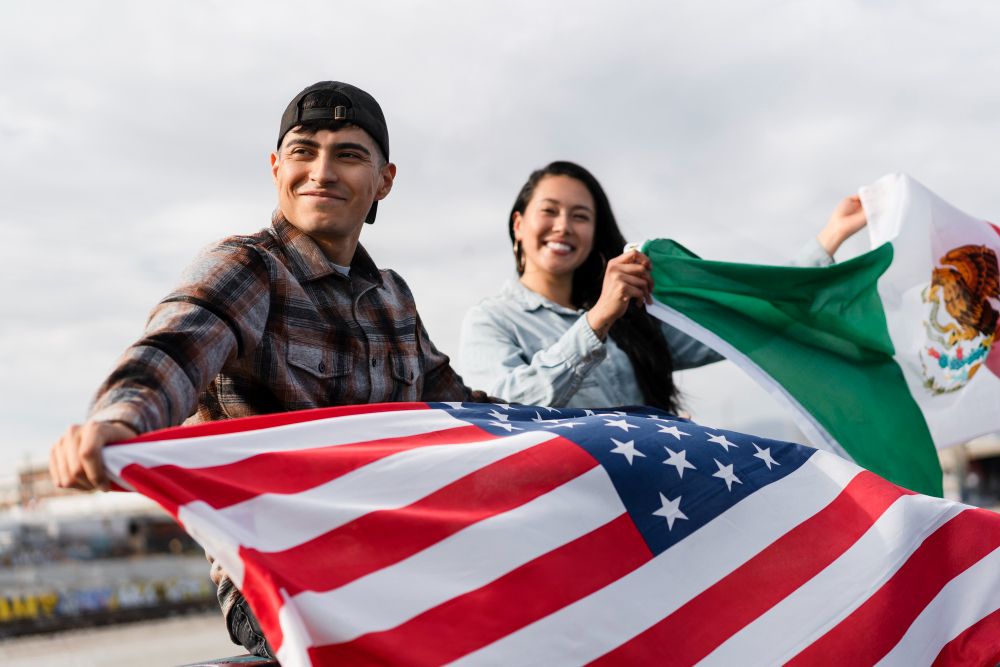The word “Chicano” evokes an intricate tapestry of identity, history, and pride. For Mexican-Americans, the term resonates deeply with cultural activism, creative expression, and community solidarity. But in 2025, what does it truly mean to be Chicano? How does this storied identity adapt to a rapidly evolving world while staying true to its roots?
This blog will explore the modern-day Chicano experience, examining how this identity is expressed through activism, cultural preservation, and a renewed sense of belonging. Whether you’re a student exploring your heritage, an activist defending cultural representation, or simply a cultural enthusiast, this piece will highlight how Chicano pride continues to thrive today.
The Origins of “Chicano”
To truly understand what it means to be Chicano today, it’s important to revisit the origins of the term. Emerging prominently during the Chicano Movement of the 1960s and 70s, “Chicano” became a unifying identity for Mexican-Americans fighting systemic racism, reclaiming their indigenous roots, and advocating for civil rights.
Far from being just an ethnic label, “Chicano” became a banner under which culture, art, and politics interwove. From the powerful murals of the Chicano Art Movement to impactful activism across labor unions and education reform, the term symbolized agency, self-determination, and an active redefinition of identity.
Fast forward to 2025, this historical legacy continues to shape what it means to identify as Chicano while facing challenges and creating spaces for modern representation.
Chicano Identity Today
A Multifaceted Identity
The modern Chicano identity defies simple definitions. For some, it embodies a connection to Mexican heritage, blending indigenous roots and Mexican customs with the lived experiences of being raised in the United States.
Today, the Chicano identity continues to evolve to reflect generational shifts, immigration patterns, and cultural hybridity. Younger Chicanos may express their pride through Latin music genres like reggaeton and banda, while others explore indigenous practices, such as Danza Azteca ceremonies or Nahuatl language learning. The diversity within Chicano culture speaks to its enduring flexibility and inclusivity.
Intersectionality and Representation
Being Chicano in 2025 isn’t a singular experience. The identity intersects with gender, sexual orientation, and socioeconomic diversity, making it even more dynamic. For instance, the rise of queer Chicano poets, artists, and activists has carved out new spaces where layered identities thrive.
Pop culture also increasingly champions Chicano representation. From films with Mexican-American leads to online platforms amplifying Chicano voices, the media landscape is gradually aligning with the community’s demand for authentic narratives. Television series like Gentefied and Vida disrupt stereotypes, showing the nuances of life as a Mexican-American in the U.S.
However, the work is far from done, as the battle for media representation and visibility wages on.
Chicano Culture in 2025
Preserving Cultural Heritage
Chicano culture remains firmly rooted in its heritage while continually expanding to reflect contemporary experiences. Traditions like Día de los Muertos celebrations, lowrider culture, and folklorico dance remain central to Chicano pride. Yet, they’re increasingly integrated into modern forms of expression—for example, lowrider-inspired fashion making its way onto haute couture runways or Día de los Muertos makeup tutorials going viral online.
Younger generations are also turning to technology to document and preserve their cultural legacy. Social media platforms like Instagram and TikTok offer the opportunity to share authentic stories, from homemade tamale tutorials to virtual exhibits on Chicano muralism.
Chicano Art as Protest
Art and resistance have always been intertwined in Chicano culture, and 2025 is no exception. From vibrant murals reflecting the struggles of working-class Mexican-Americans to experimental theater addressing migrant issues, creativity continues to be a catalyst for political and social change.
Modern Chicano artists are using their craft to address themes like gentrification, climate justice, and border policies. Whether through digital art, spoken word poetry, or street installations, Chicano artists are ensuring that their voices remain loud and unfiltered.
Challenges Facing the Chicano Community
While there’s much to celebrate, the Chicano community also faces significant challenges in 2025. Gentrification in historically Mexican-American neighborhoods threatens cultural landmarks and displaces families. Education inequity remains a barrier for many young Chicanos striving to succeed in predominantly white institutions. And conversations about cultural appropriation highlight the ongoing commodification of Chicano art and traditions by mainstream audiences.
Activism remains critical in tackling these challenges. Organizations like MEChA (Movimiento Estudiantil Chicanx de Aztlán) and grassroots groups continue to advocate for educational access, housing reforms, and immigrant rights to preserve the community’s integrity and future.
Pride and Solidarity in the Modern Chicano Movement
At its core, the Chicano identity symbolizes pride in who you are and solidarity in collective struggles. Being Chicano in 2025 means honoring your ancestors while forging paths for future generations. It means blending the rich traditions of Mexican-American history with emerging opportunities for growth and unity.



